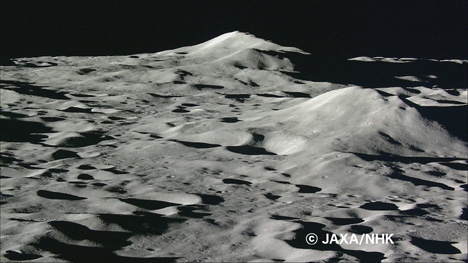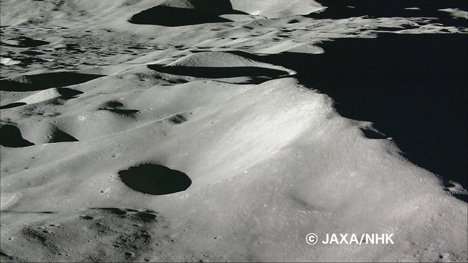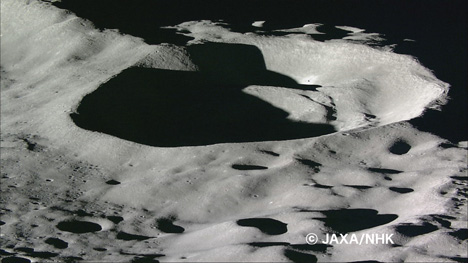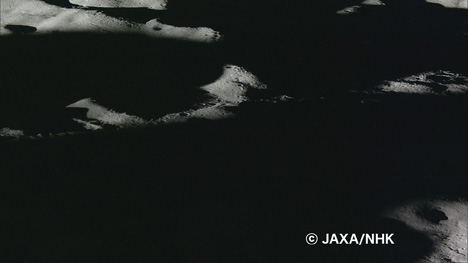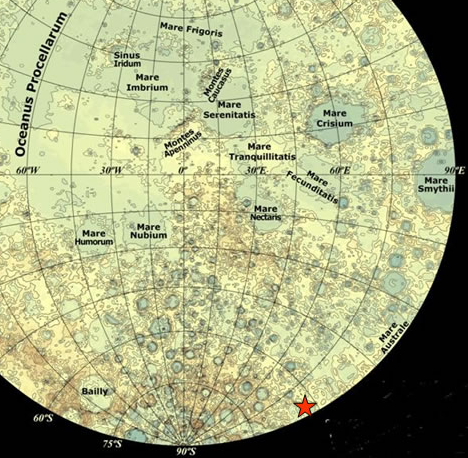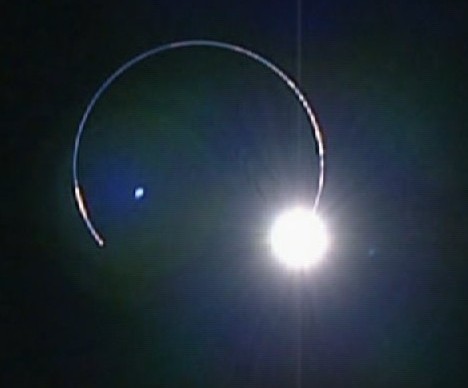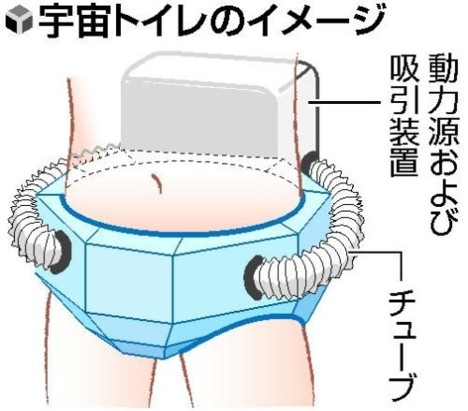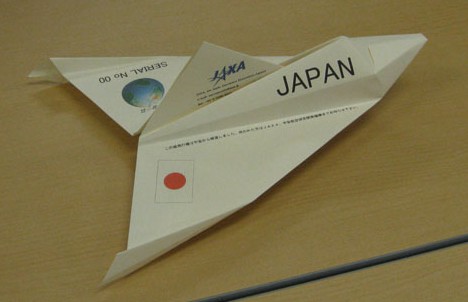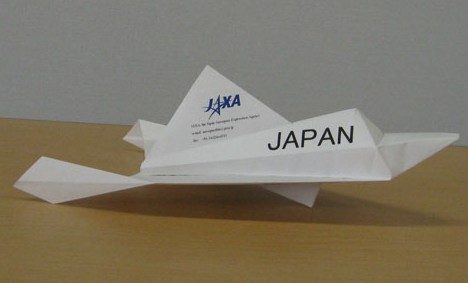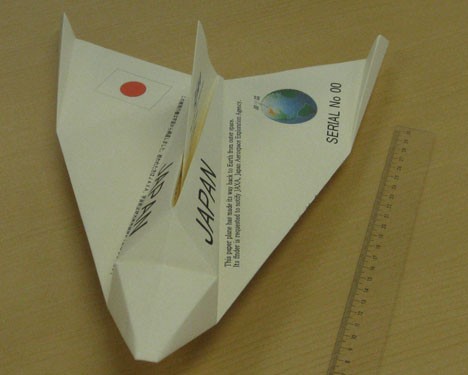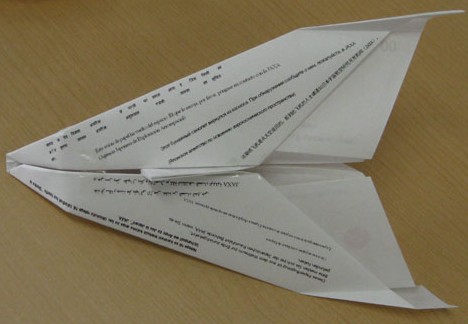
Later this morning in Asia, people from India to Japan to Kiribati will turn to the sky for a glimpse of the total solar eclipse.
After appearing at dawn in India's Gulf of Khambhat, the Moon's shadow will sweep across Asia and the South Pacific, covering approximately 15,200 kilometers (9,500 miles) in about 3.5 hours before disappearing near the Marshall Islands.
In parts of the Pacific, the duration of the total darkness will last up to 6 minutes and 39 seconds, making it the longest total solar eclipse of the 21st century. The next one of this duration will not occur until June 13, 2132.
For those unable to view the eclipse in person, here are a few places to catch it online (times are indicated in JST, GMT, and EST):
- Live Eclipse 2009 (China/ Japan/ Kiribati): iPhone-friendly webcast, live from three separate locations. Finished.
- NHK (Akusekijima/ Yakushima/ Boat in Pacific/ Iwo Jima): Scheduled to broadcast from 10:30 to 11:45 AM JST (1:30-2:45 AM GMT // 9:30-10:45 PM EST) from four locations. Finished.
- RKK Kumamoto Eclipse Live (Kumamoto, Japan): Scheduled to go live at 9:30 AM JST (12:30 AM GMT // 8:30 PM EST) - Finished.
- SAROS.ORG - Live Astronomy Webcast (China) - Finished.
- Atlas Post (China): Broadcasting from 9:20 to 19:00 AM JST (12:20-2:00 AM GMT // 8:20-10:00 PM EST) - Finished.
- University of North Dakota (Wuhan, China) - Finished.
- TV news broadcast from India: Finished.
- CCTV-4 (China): Finished.
* * * * *
For a few moments, the solar eclipse peeked through the clouds over Tokyo.

Partial solar eclipse over Tokyo (11:07 AM) [Enlarge]

Partial solar eclipse over Tokyo (11:07 AM)
* * * * *
In case you missed it, here's some NHK footage of the eclipse over Japan's southern islands.

